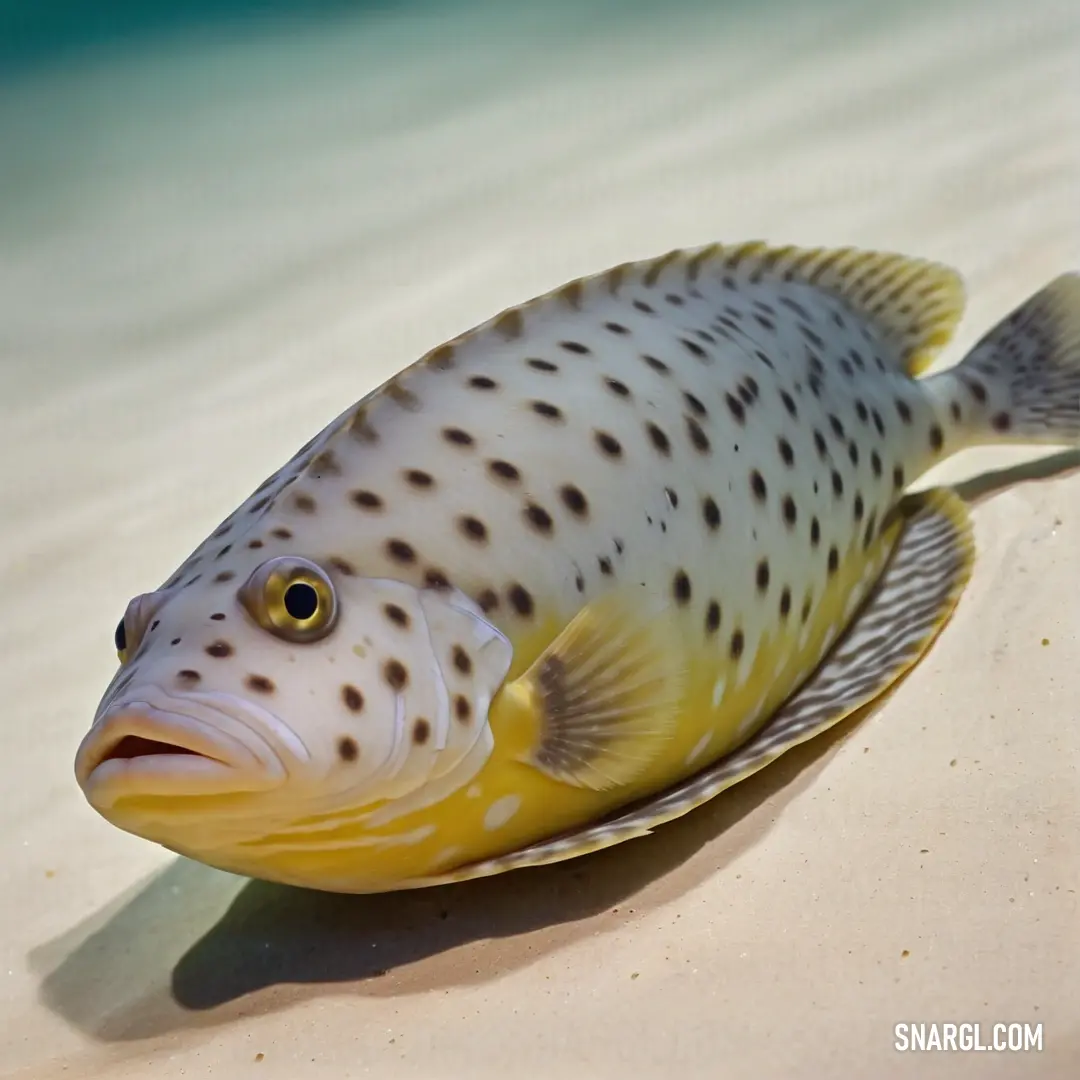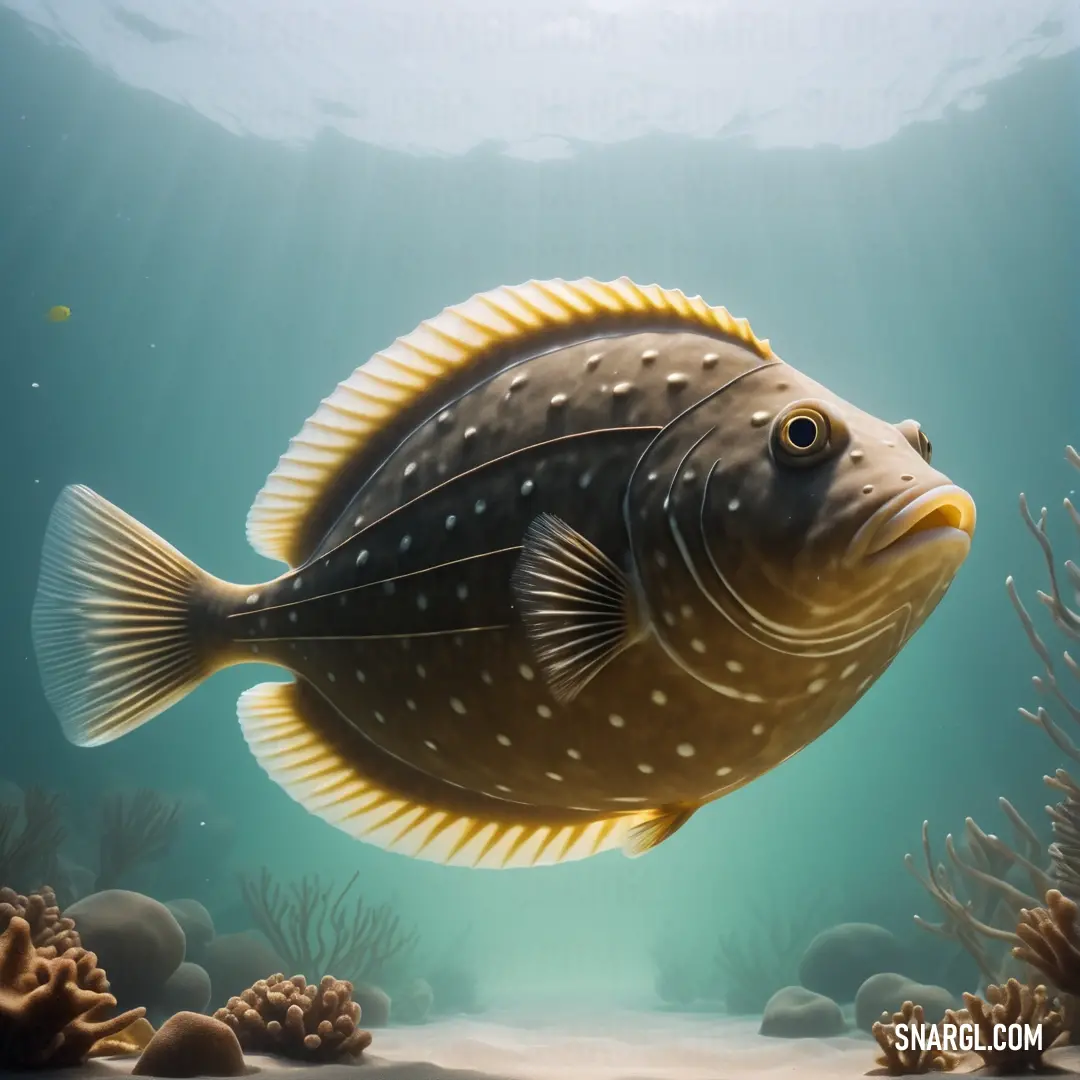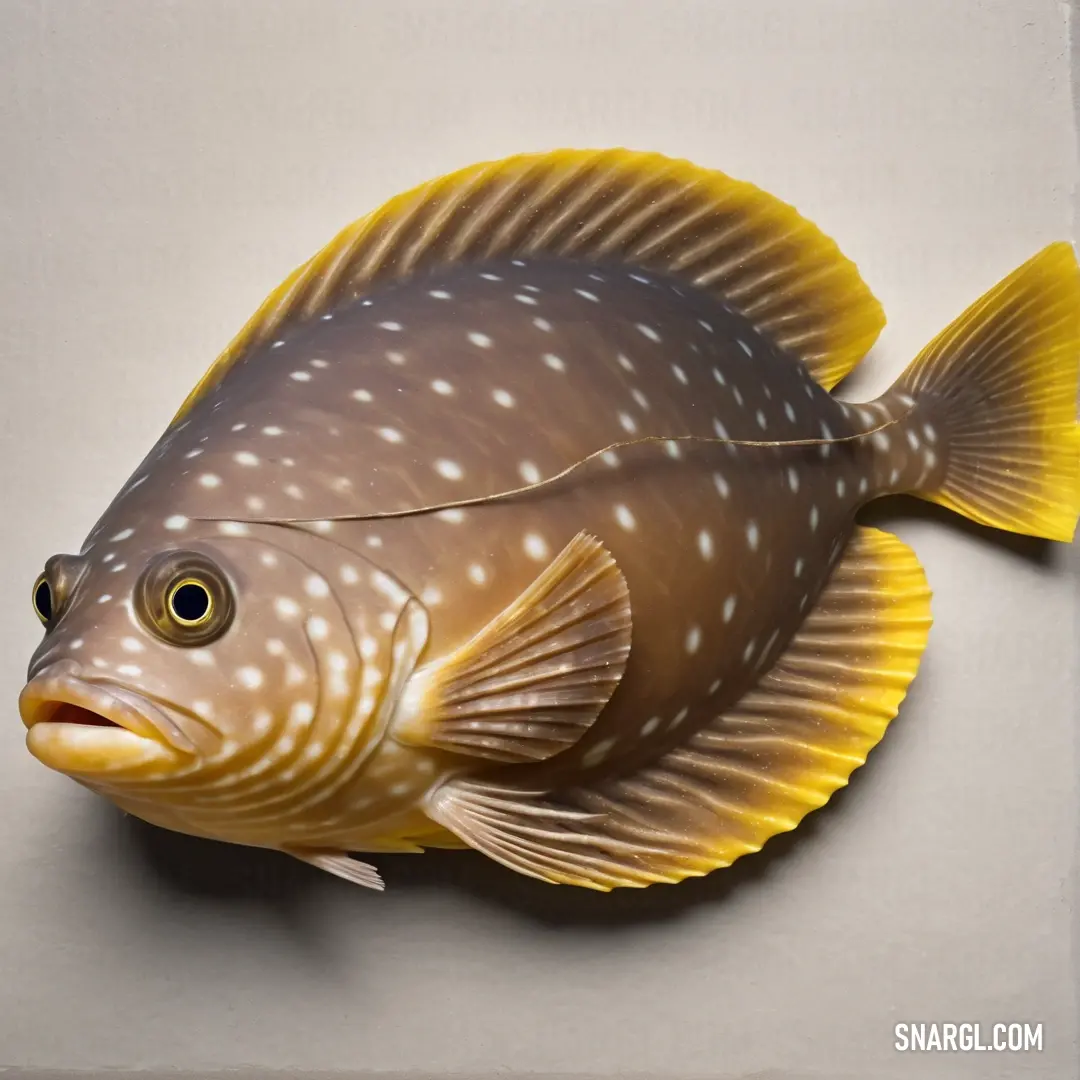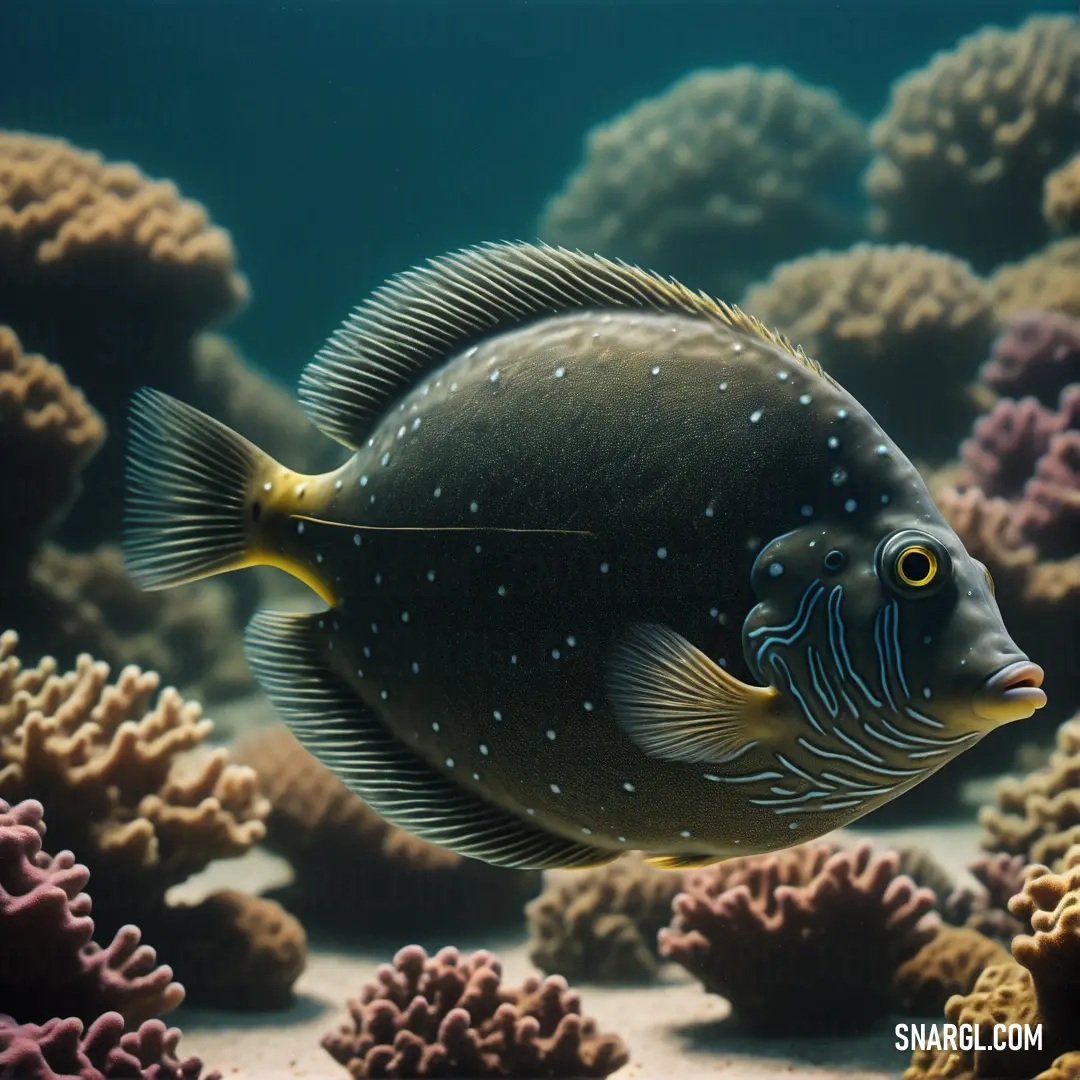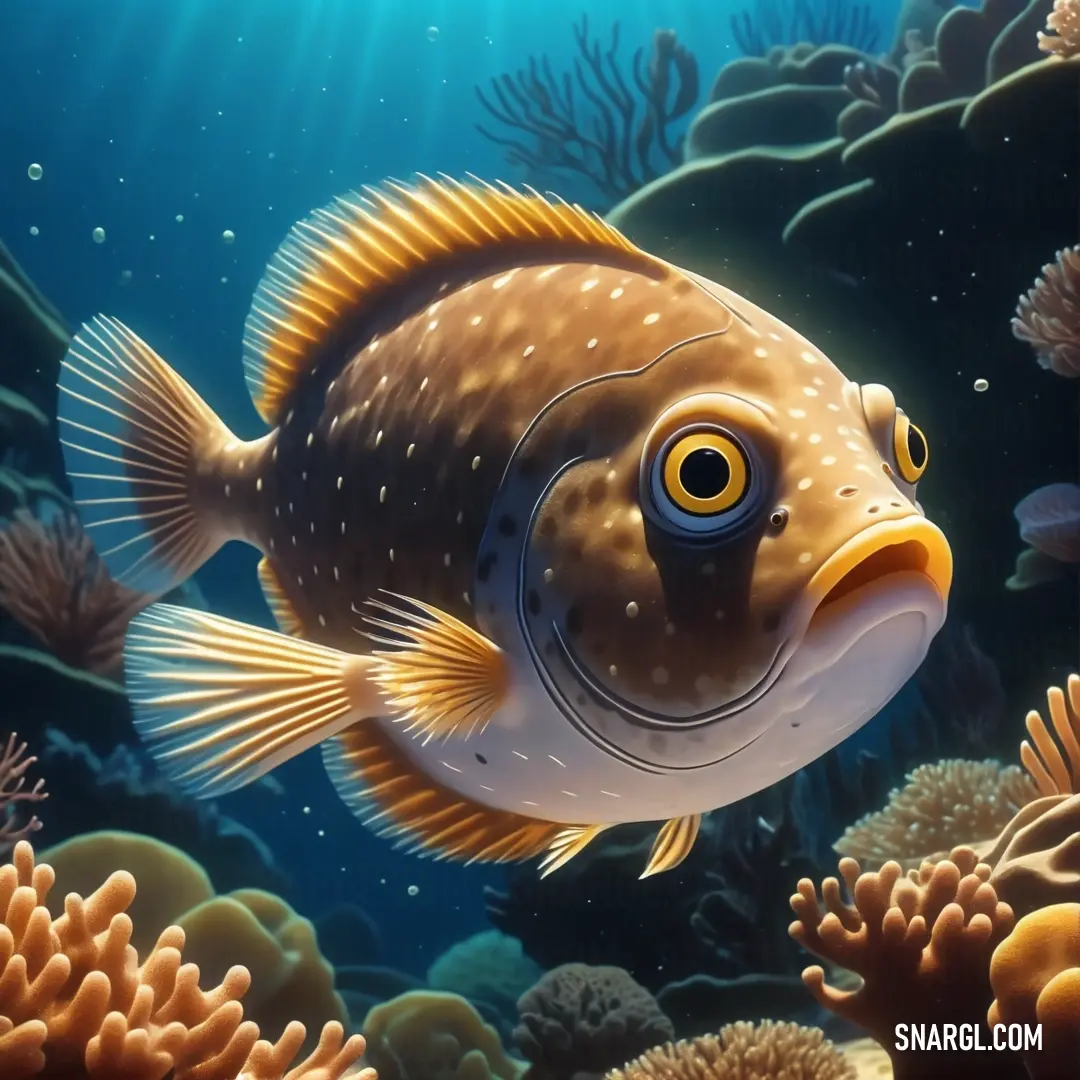
Flounder
What is the animal Flounder known for?
Flounder is a common name for a group of flatfish species that live at the bottom of the oceans around the world.
It is known for its flaky flesh, mild flavor, and delicate texture, as well as its unusual eye migration.
Flounder is born with one eye on each side of its head, but as it grows, one eye migrates to the other side of the body.
This allows flounder to lie on the ocean floor and camouflage itself from predators and prey.
The side to which the eyes migrate depends on the species of flounder.
Some flounder have both eyes on the right side of their body, while others have both eyes on the left side.
Flounder feeds mainly on fish spawn, crustaceans, polychaetes, and small fish.
It ambushes its prey by hiding in the soft muddy areas of the sea bottom, near bridge piles, docks, and coral reefs.
Flounder can grow to a length of 22–60 centimeters (8.7–23.6 inches), and as large as 95 centimeters (37 inches).
Their width is about half their length.
Flounder is an important fishery resource in many parts of the world.
However, flounder populations have declined significantly due to overfishing, habitat loss, and pollution.
Some of the better known species of flounder that are commercially exploited are the Gulf flounder, the Southern flounder, the Summer flounder, the Winter flounder, the European flounder, the Witch flounder, the Halibut, and the Olive flounder.
Example of the color palette for the image of Flounder
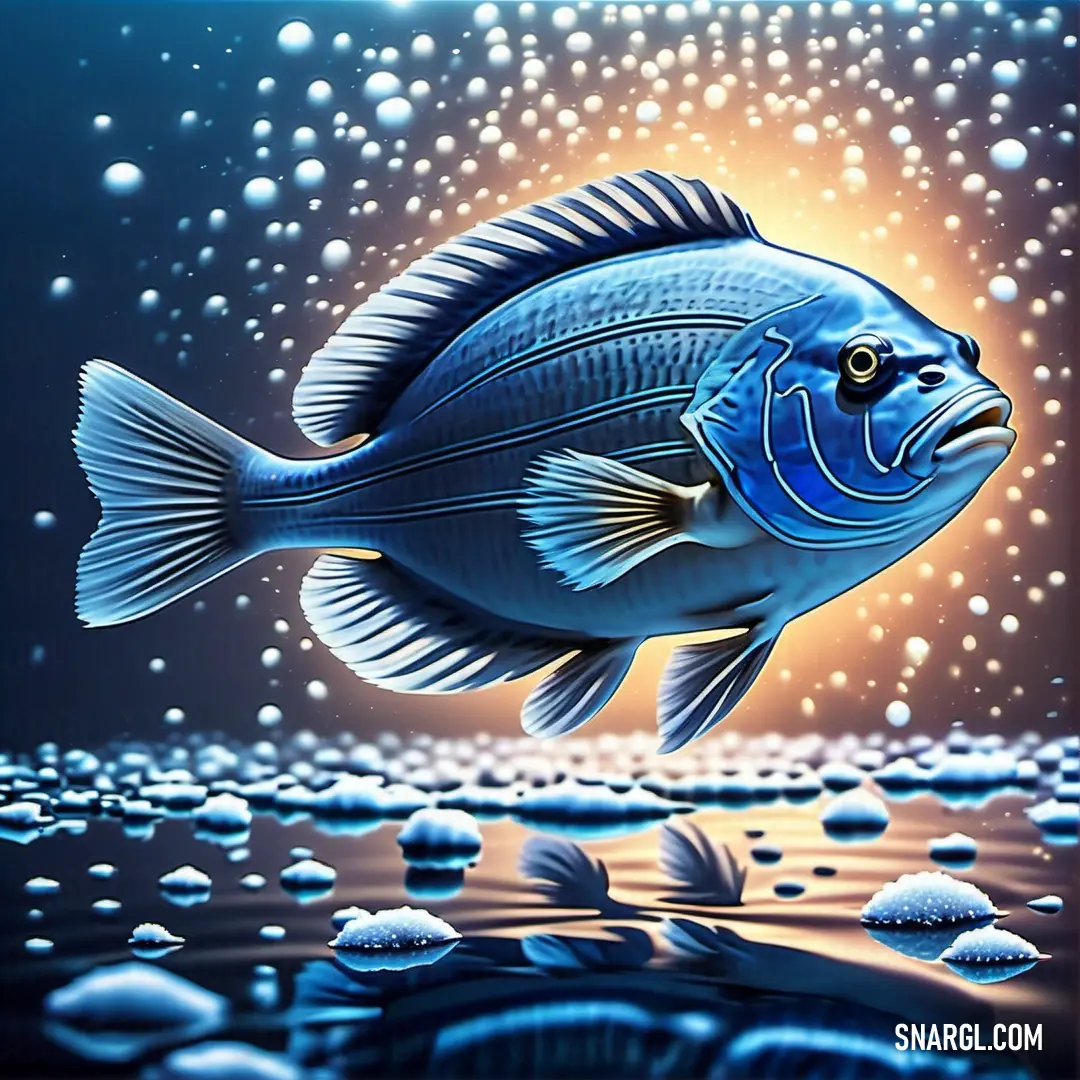
See these colors in NCS, PANTONE, RAL palettes...
Where does the Flounder live?
Flounder is a common name for several species of flatfish that live in different oceans around the world.
They have a unique adaptation of having both eyes on one side of their body, which helps them camouflage on the sea floor.
They are demersal fish, meaning they live near the bottom of the sea, where they ambush their prey.
Some of the factors that influence the habitat of flounder are the water temperature, salinity, depth, and substrate.
Flounder can be found in bays, estuaries, beaches, and coral reefs, as well as in deeper waters along the continental shelf or the deep sea.
Flounder are an important food fish for humans, and some species are threatened by overfishing and pollution.
Flounder typically grow to a length of 22–60 centimeters (8.7–23.6 in), and as large as 95 centimeters (37 in).
Their width is about half their length.
Example of the color palette for the image of Flounder
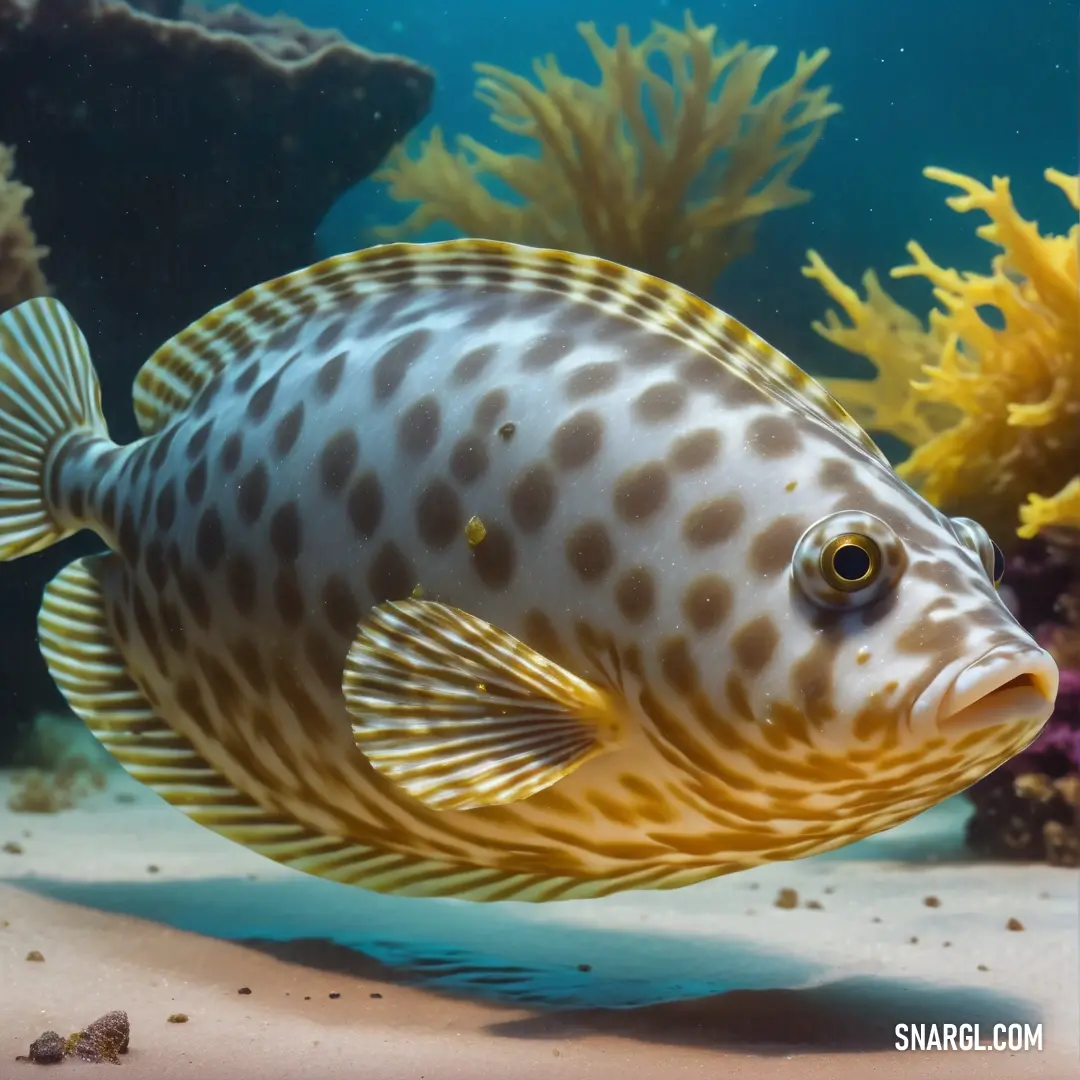
See these colors in NCS, PANTONE, RAL palettes...
What does the Flounder look like?
It is born with an eye on each side, but as it grows, one eye migrates to the other side through a complex process of metamorphosis.
This allows the flounder to lie on the bottom of the ocean floor, with the eyed side facing up and the blind side blending in with the sand or mud.
Flounders can change their colour and pattern to match their surroundings and avoid predators.
There are many species of flounders, belonging to different families and living in different regions of the world.
Some of the common flounders are:
European flounder: a marine and freshwater fish of Europe that has a brown or green eyed side with red spots and a white blind side.
It can grow up to 50 cm (20 inches) in length and 2.7 kg (6 pounds) in weight.Starry flounder: a North Pacific fish that has a black or brown eyed side with orange or yellow spots and a white or orange blind side.
It can grow up to 91 cm (36 inches) in length and 9 kg (20 pounds) in weight.Summer flounder: an American Atlantic fish that has a brown or dark green eyed side with black spots and a white blind side.
It can grow up to 94 cm (37 inches) in length and 13 kg (29 pounds) in weight.Winter flounder: an American Atlantic fish that has a brown or black eyed side with small black dots and a white blind side.
It can grow up to 64 cm (25 inches) in length and 3.6 kg (8 pounds) in weight.Peacock flounder: a tropical American Atlantic fish that has a blue or brown eyed side with many pale blue spots and rings and a white blind side.
It can grow up to 45 cm (18 inches) in length and 1 kg (2 pounds) in weight.Brill: a large European fish that has a brown or grey eyed side with dark spots and a white blind side.
It can grow up to 75 cm (29 inches) in length and 8 kg (18 pounds) in weight.Dusky flounder: a tropical western Atlantic fish that has a brown or grey eyed side with dark spots and a white or yellow blind side.
It can grow up to 41 cm (16 inches) in length and 0.9 kg (2 pounds) in weight.
They ambush their prey by lying still on the bottom and then striking with a sudden movement.
Flounders are also important food and sport fish for humans, but some of their populations are threatened by overfishing and pollution.

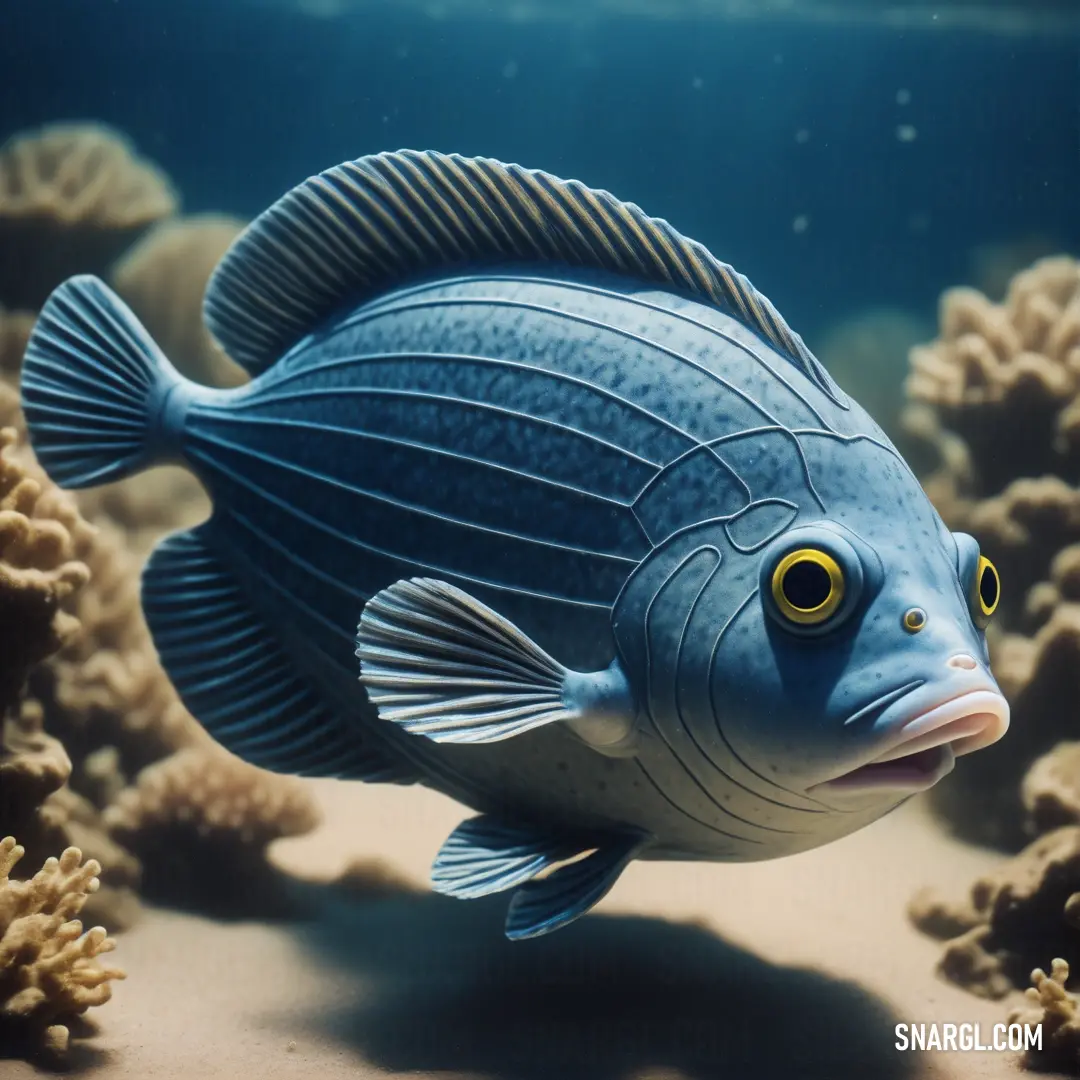
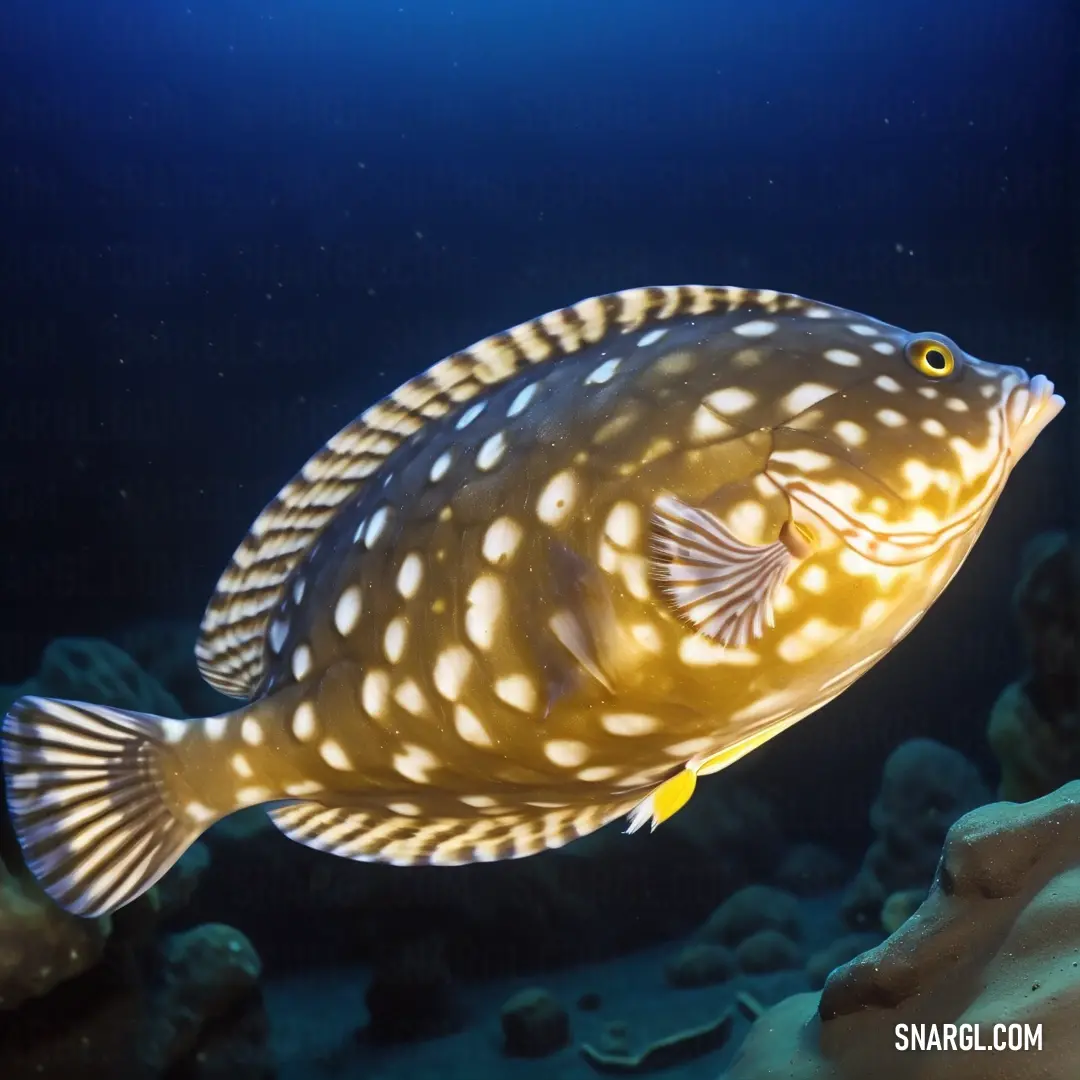
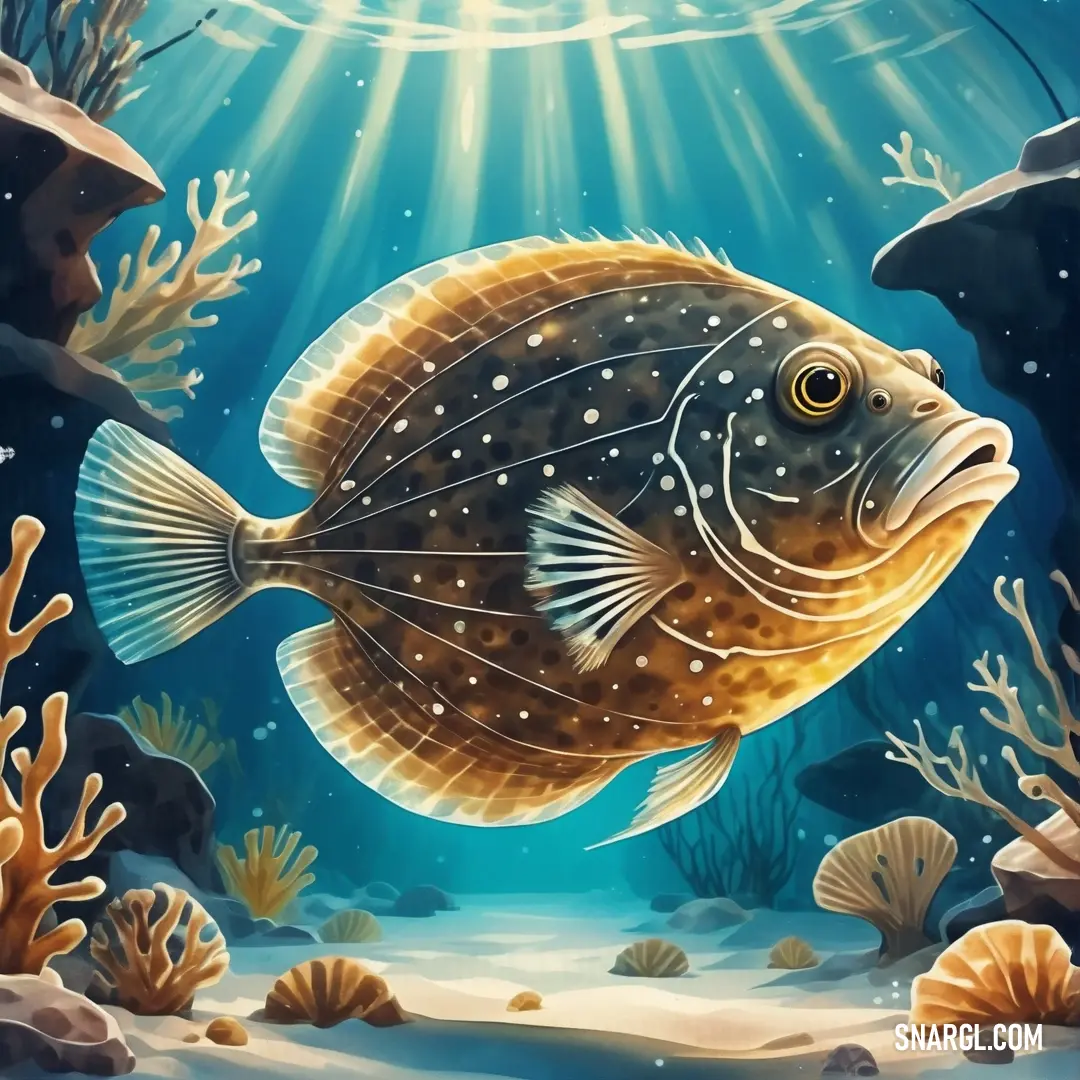
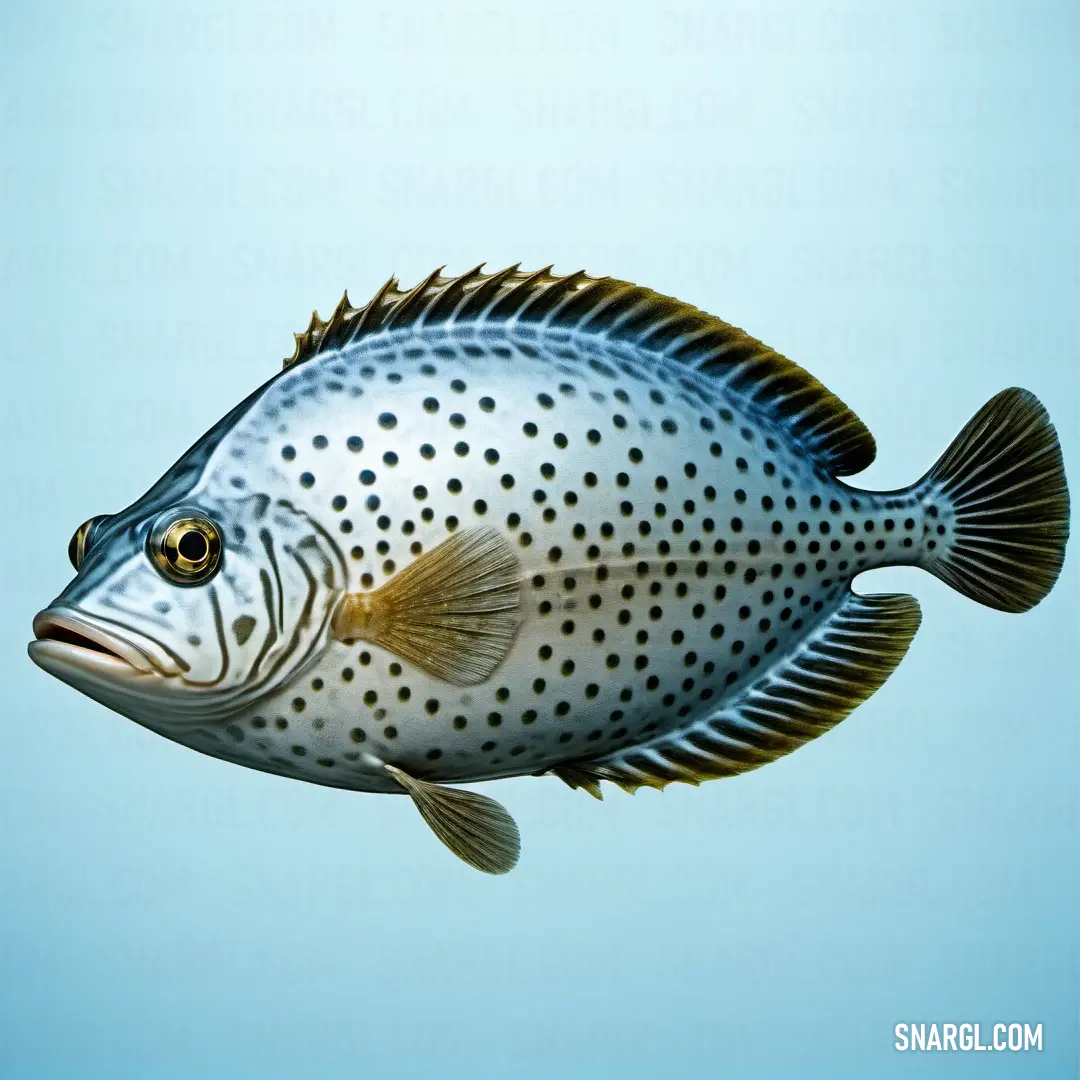
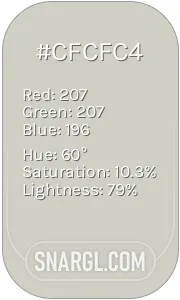 Pastel gray
Pastel gray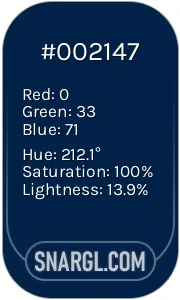 Oxford Blue
Oxford Blue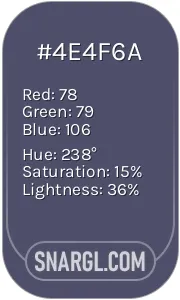 Pang
Pang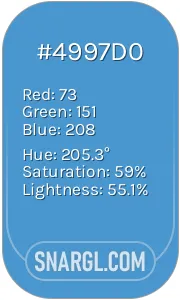 Celestial blue
Celestial blue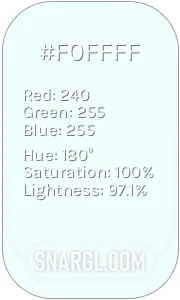 Azure mist/web
Azure mist/web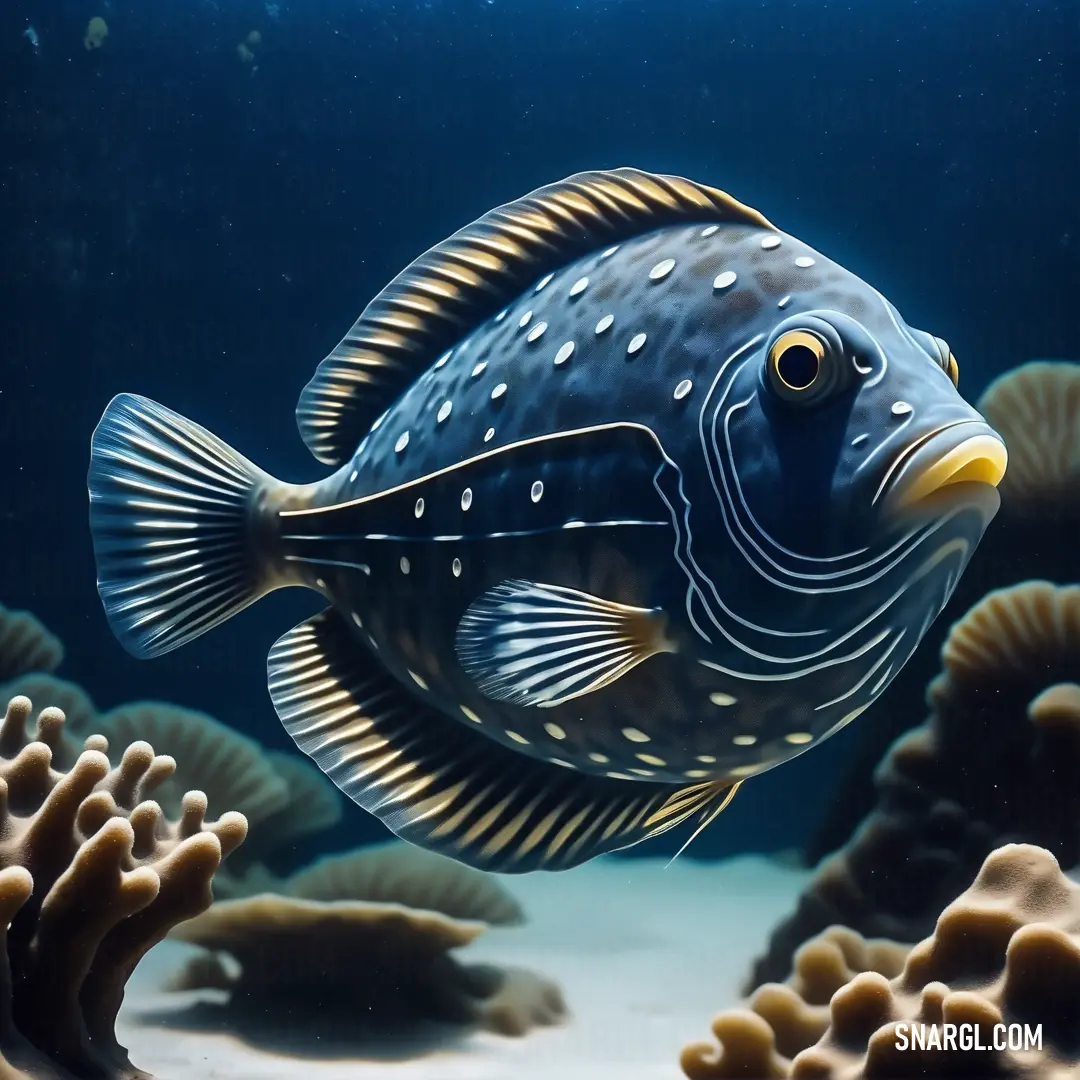
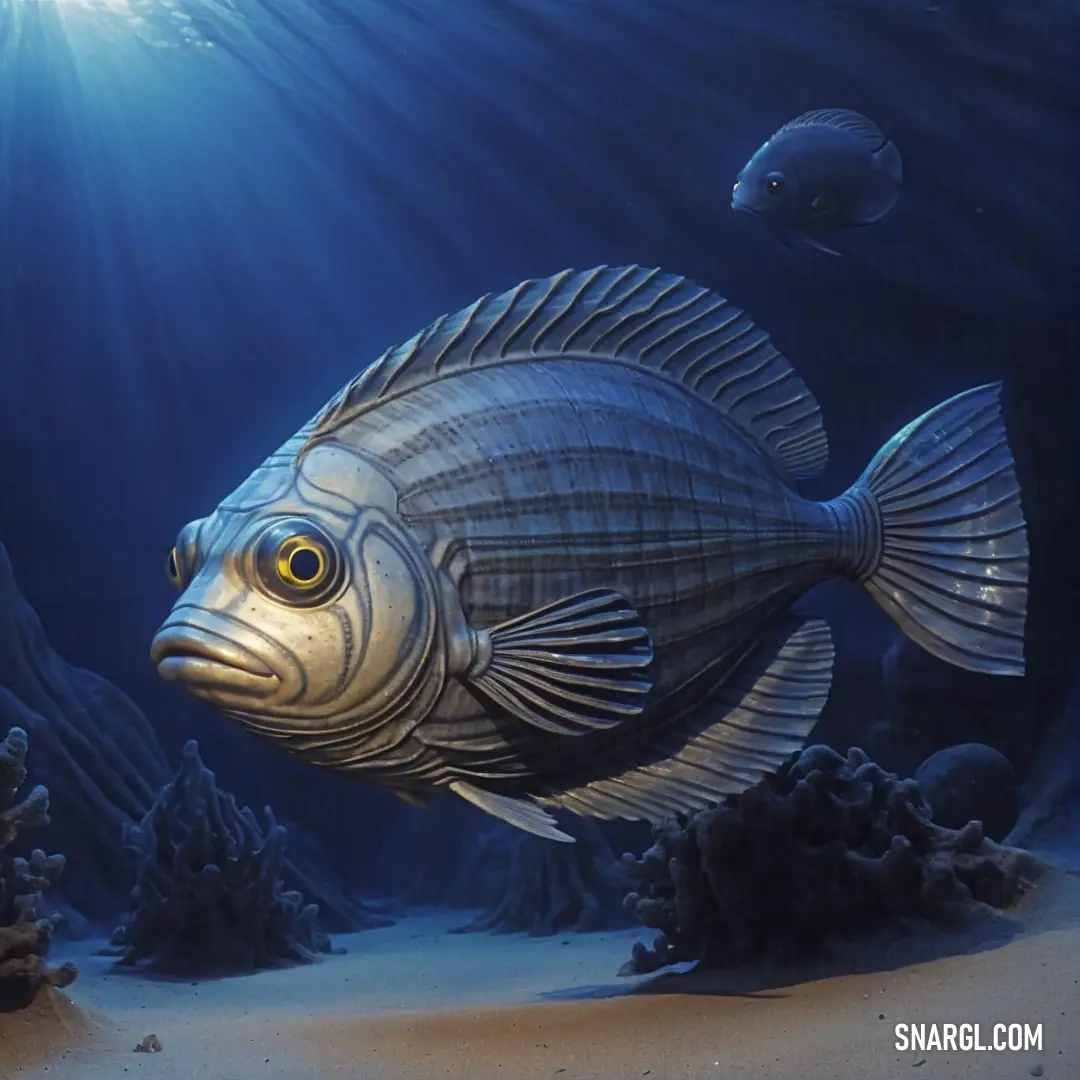
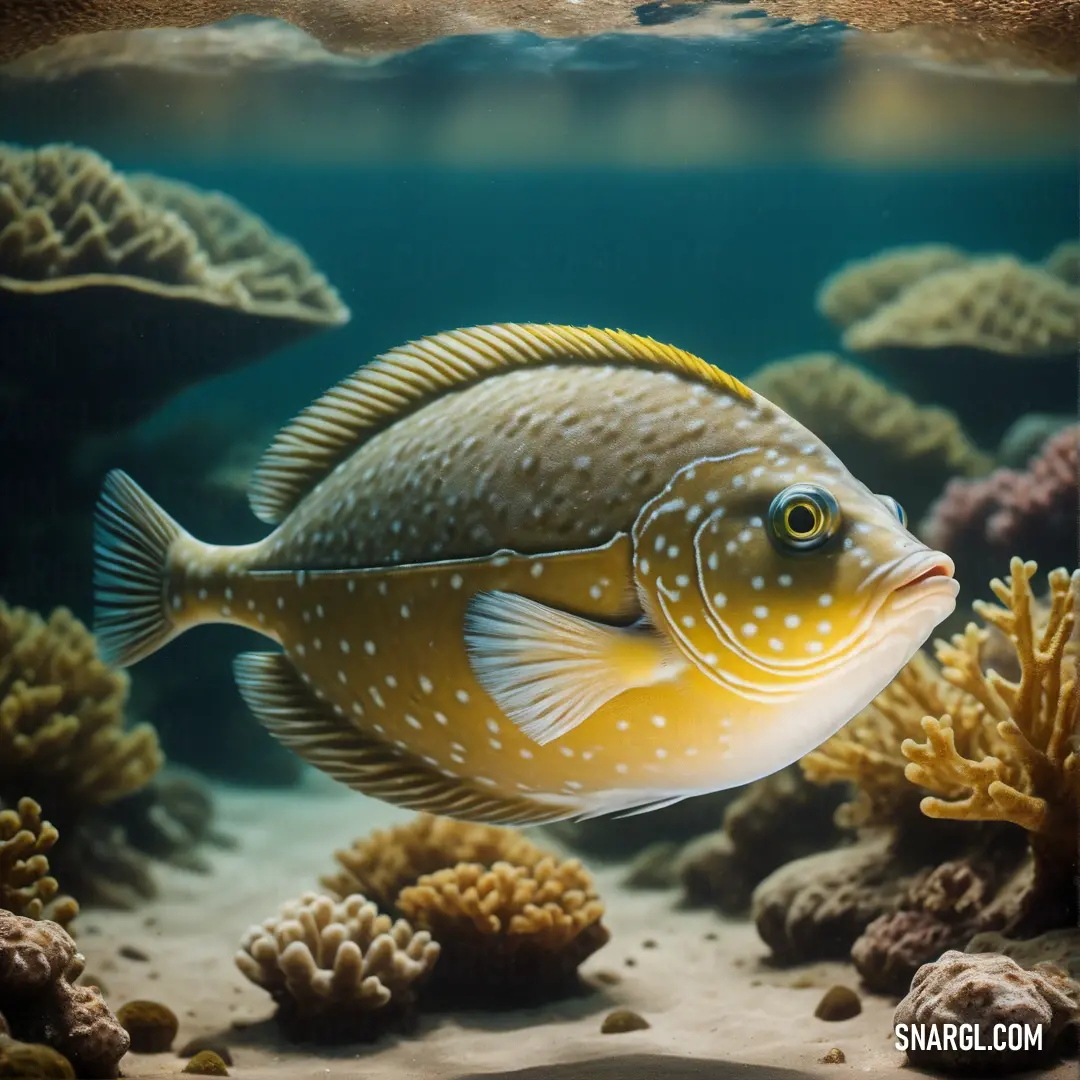
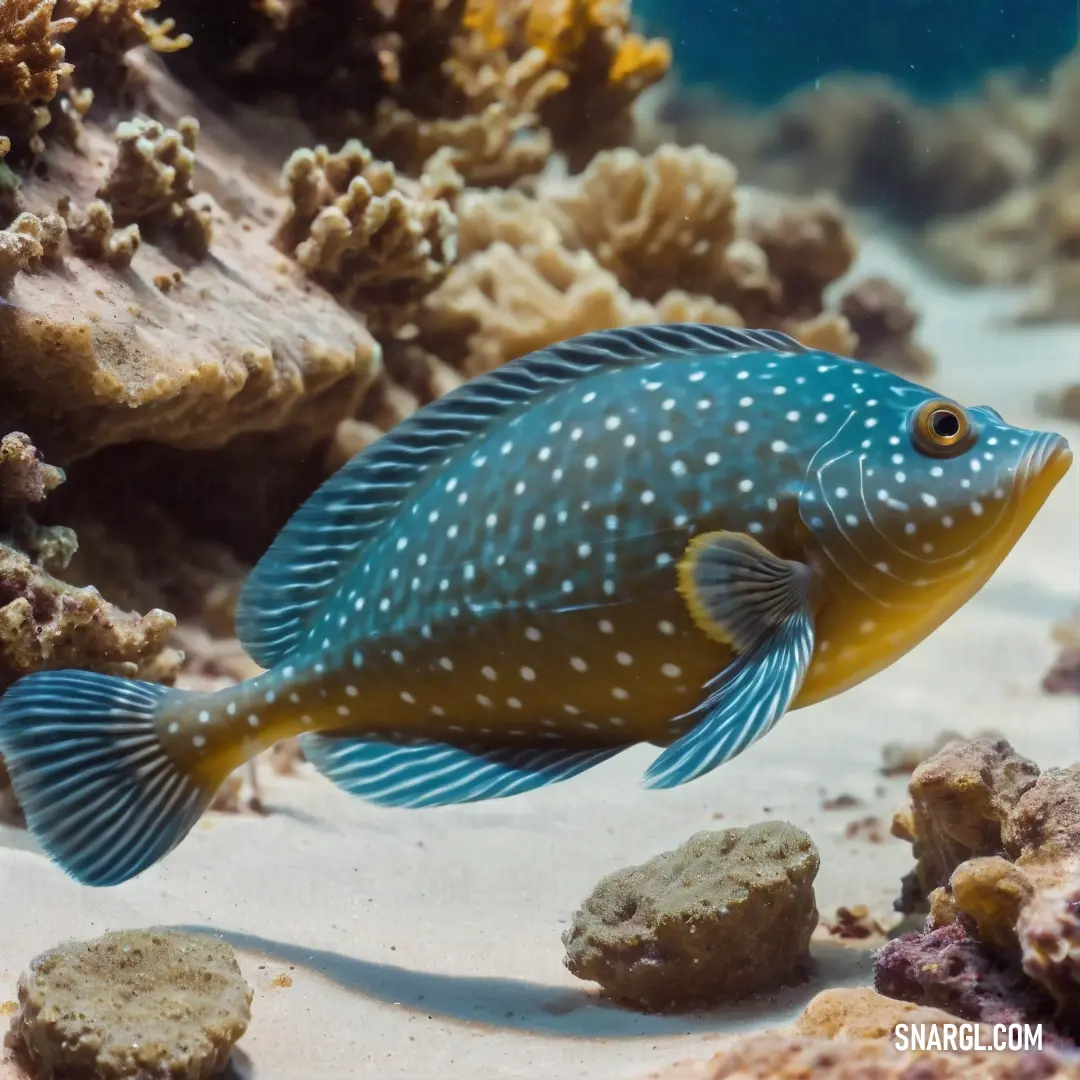
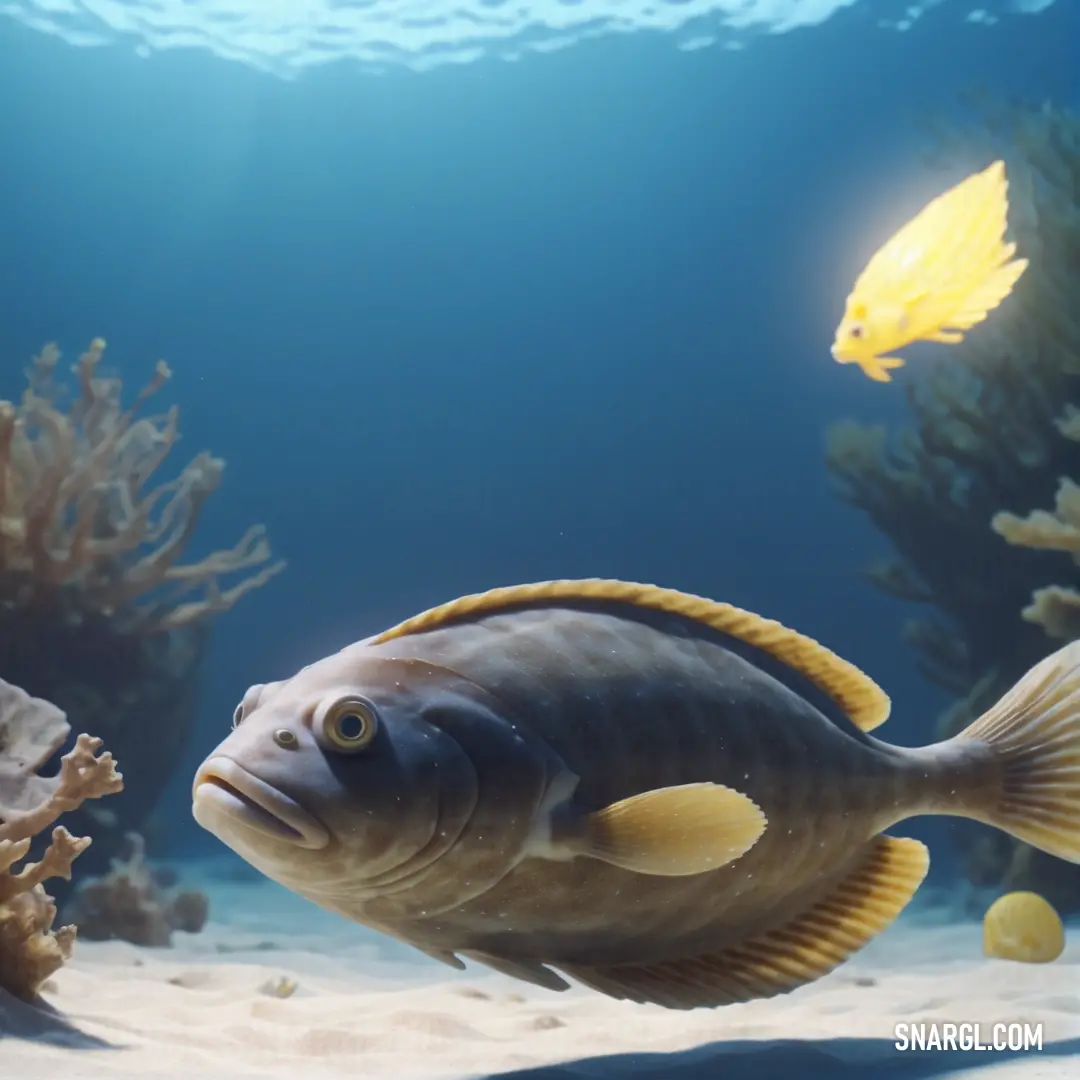
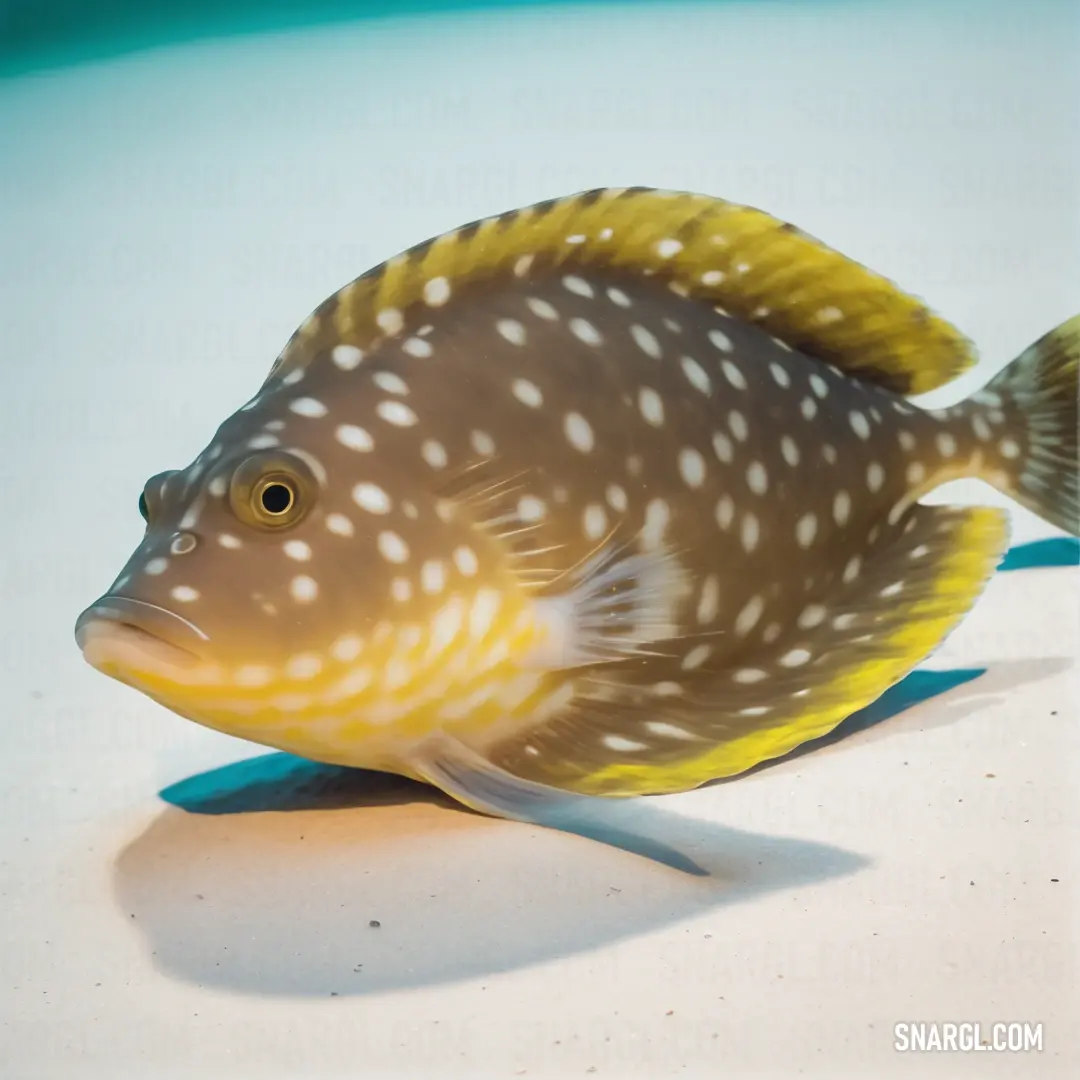
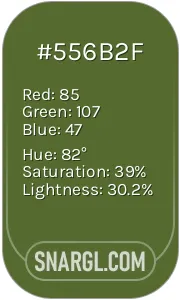 Dark olive
Dark olive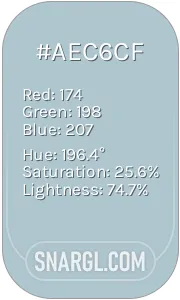 Pastel blue
Pastel blue Brass
Brass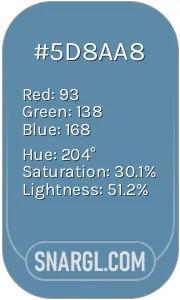 Air Force Blue
Air Force Blue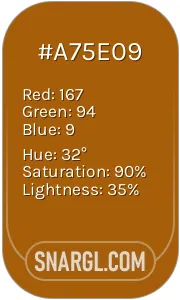 Raw umber
Raw umber